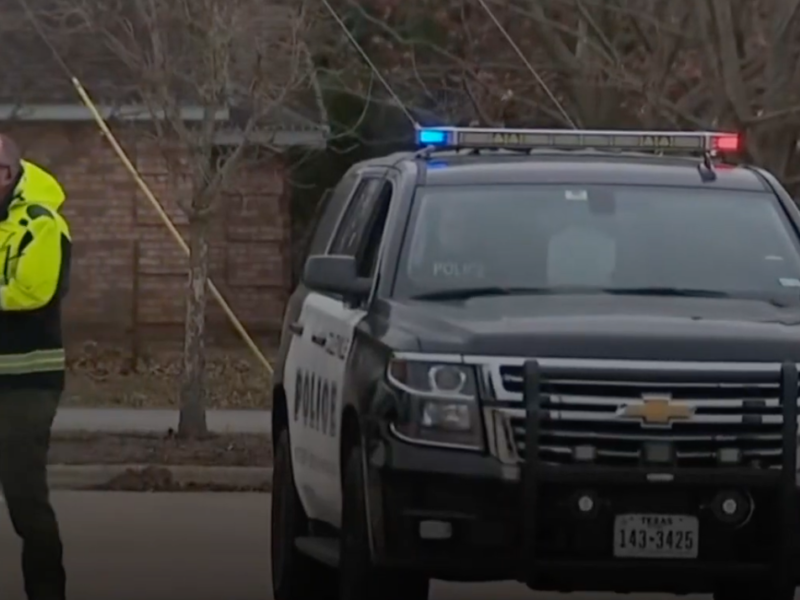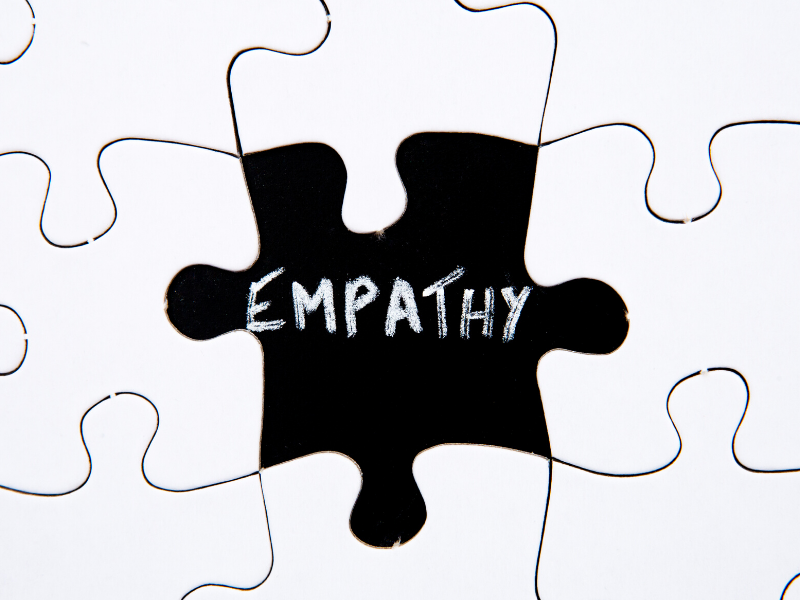Jews are not “bar-mitzvahed” or “bat-mitzvahed.” it does not happen to them. it is a status achieved by demonstrating personal awareness of the responsibility to take on the fulfillment of the mitzvot of Judaism.
Children who become bar or bat mitzvah are “obligated to the mitzvot” (Mishnah Avot 5.21). According to Jewish tradition, this is the age of ethical awareness. Only then can one become a member of the Jewish religious community in one’s own right.
There are many aspects to Jewish life, and the candidate called to the Torah as a bat/bar mitzvah might never again take part in that ritual. But chanting Torah and Haftarah is not the essence of bat/bar mitzvah. The act of calling a bar/bat mitzvah candidate to the Torah is the traditional welcome of a new ethically aware member of the community, who can now be counted in the minyan, that is, someone who helps create Jewish critical mass.
There are four aspects of basic Jewish literacy essential for an authentic bat/bar mitzvah, as they are for participation in a Jewish community at any age:
• Torah: In the d’var Torah, a “word of Torah,” the candidate demonstrates familiarity with the Jewish way of studying Torah, offering the assembled community a personal insight into the Torah verses to be read.
• Prayer: In exile, the synagogue became the Jewish people’s public square, and familiarity with the symbols and significance of our prayer culture is a powerful indicator of belonging.
• Tzedakah: The classic Jewish way to celebrate a simkha is in giving tzedakah, often in the form of a mitzvah project.
• Hebrew: Anywhere in the world, a Jew can walk into a shul, say shalom and be recognized as “one of us.” Hebrew links us to our past and each to other. Not everyone can pick up a second language, but most of us can learn to decode, and access to such learning is every Jew’s birthright.
At Shir Tikvah, we recognize that bat/ bar mitzvah is essentially a shared ritual. The candidate declares readiness to be counted among the Jews, and the congregation responds in welcome. It is neither a graduation from religious education nor a performance; the moment of bat/bar mitzvah marks a transition to the adult Jewish communal life that the child has been surrounded by, and supported by, until this moment.
It’s a shared celebration. Congregants are energized to see a young person demonstrating a commitment to our shared tradition. Parents are proud that their child has begun to understand what it means to make a difference in a community. And the bar/bat mitzvah celebrates the first steps into ritual equality in the congregation – and begins to see a prom- ise of what it can mean to belong.




